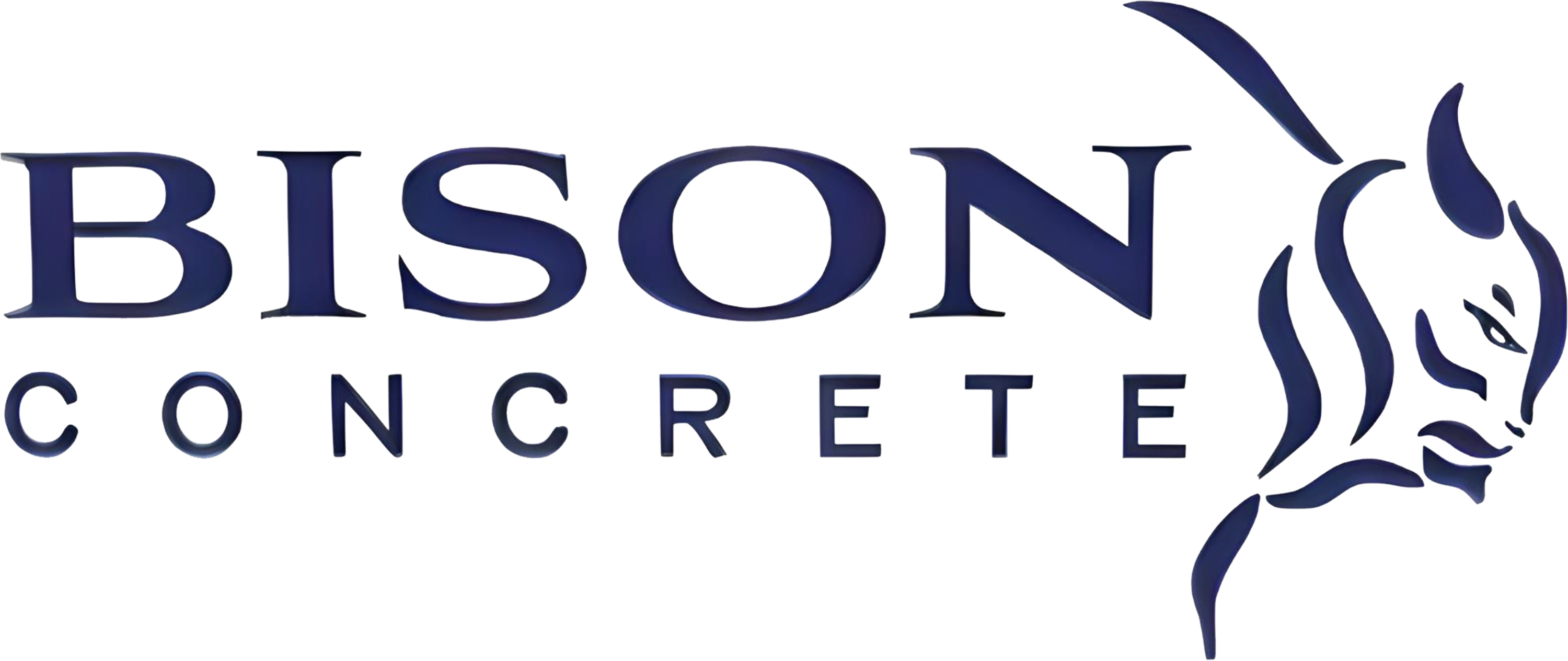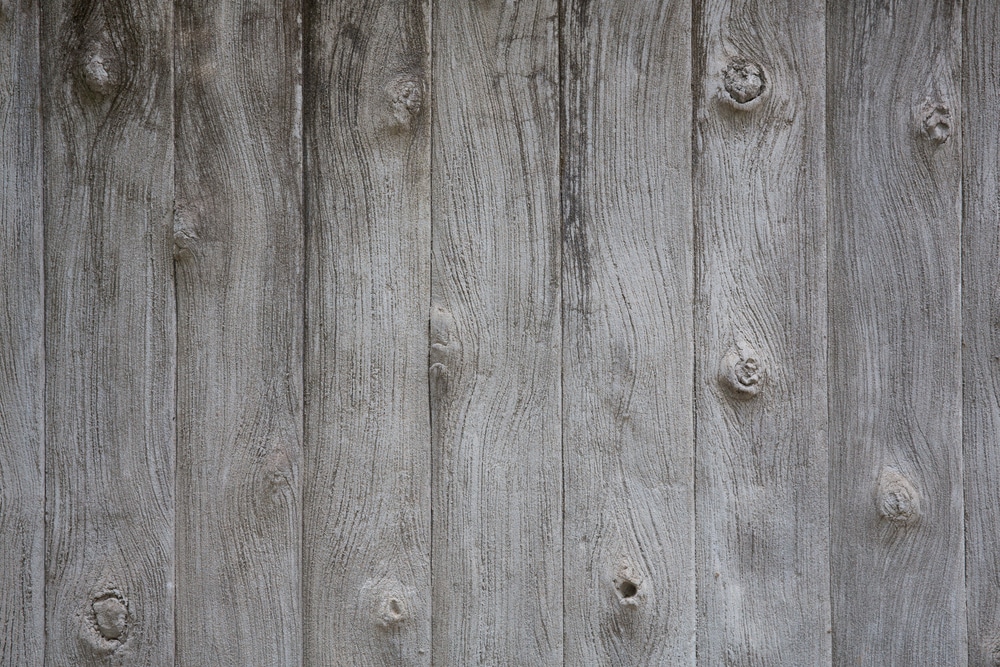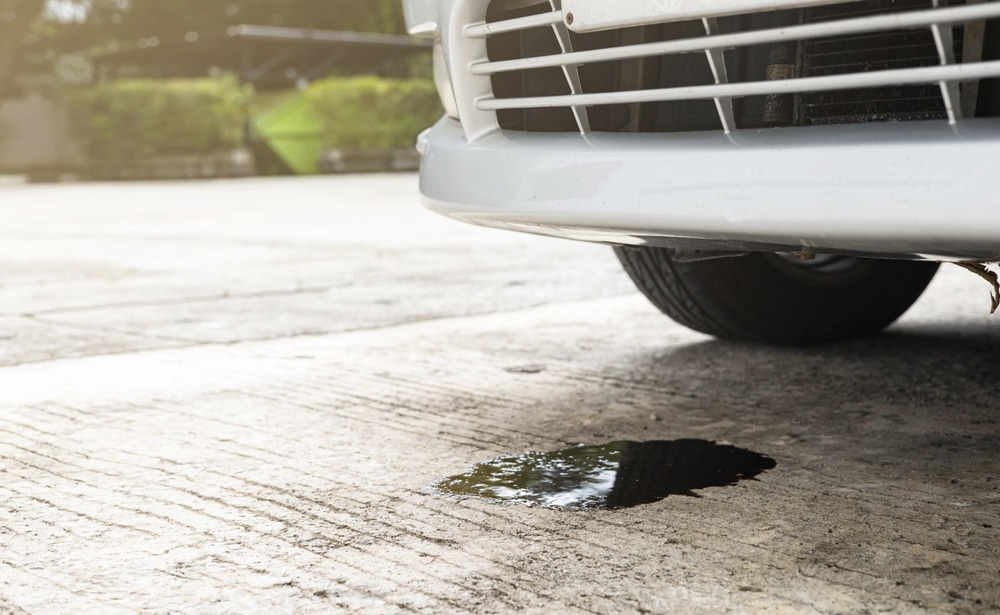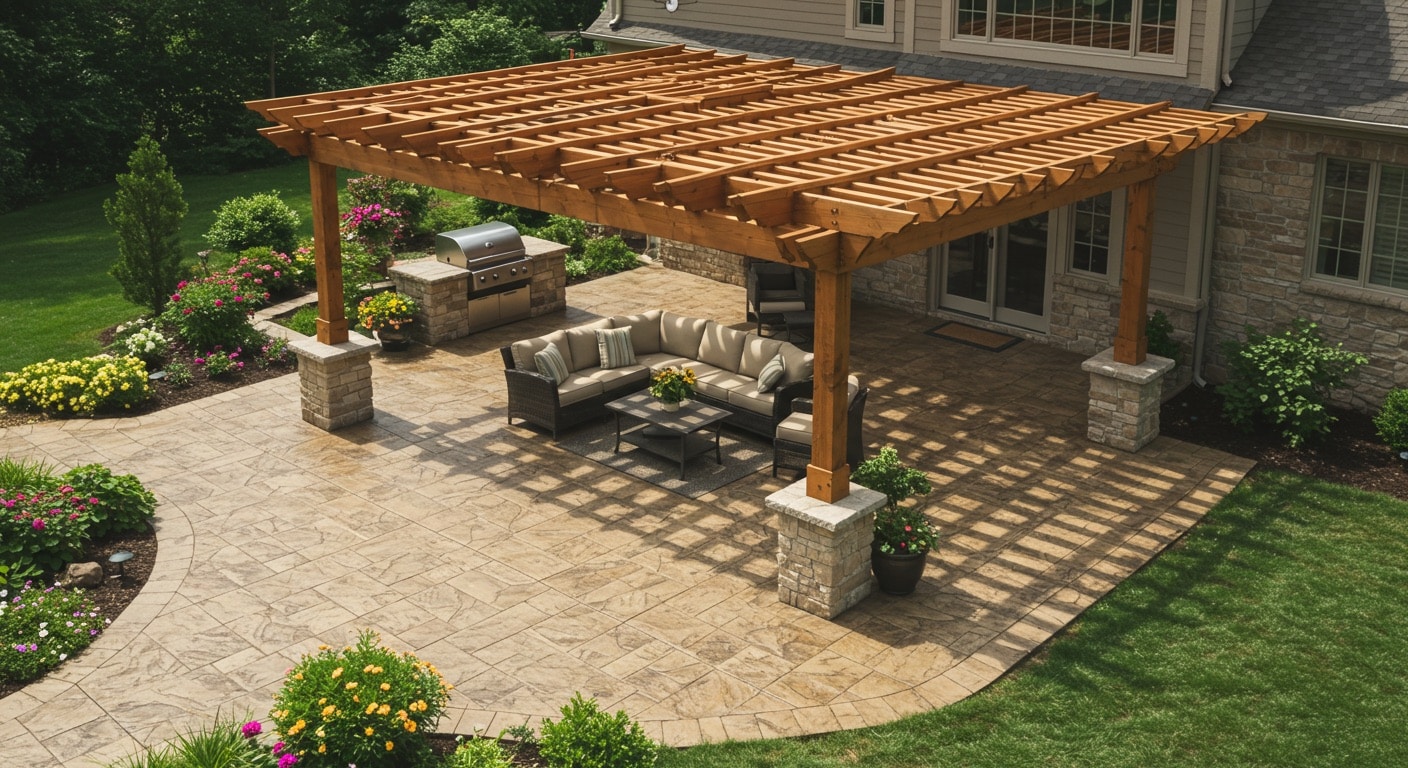Top 5 Concrete Driveway Resurfacing Options for a Modern Look
June 30, 2025Your driveway isn’t just a functional slab – it’s the first impression visitors have of your home. Over time, even well-installed concrete driveways develop cracks, stains, and surface deterioration that can diminish your property’s curb appeal. Fortunately, you don’t need to completely replace your existing driveway to achieve a fresh, modern look. Concrete resurfacing offers cost-effective solutions that can transform your worn driveway into a stunning entryway. At Bison Concrete, we’ve seen firsthand how the right resurfacing technique can completely revitalize a property’s exterior. This guide explores the top five concrete driveway resurfacing options that combine durability with contemporary aesthetics, helping you make an informed decision for your home improvement project.
Why Consider Resurfacing Instead of Replacement
Before diving into specific resurfacing options, it’s important to understand when resurfacing makes more sense than a full replacement. According to industry data from 2024, homeowners save an average of 40-60% by choosing resurfacing over replacement when the existing concrete foundation remains structurally sound.
Resurfacing is ideal when:
- Your concrete has surface-level damage but a strong foundation
- You want to update the appearance without the mess and expense of demolition
- The existing driveway is less than 20 years old with minimal structural issues
- You’re looking for a faster project timeline (most resurfacing jobs complete in 2-3 days)
However, if your driveway shows signs of significant structural compromise, a full replacement might be necessary. Our comprehensive guide can help you determine whether repair or replacement is the better option for your specific situation.
1. Stamped Concrete Overlay
Stamped concrete overlays have revolutionized driveway aesthetics since their widespread adoption in 2018. This technique involves applying a thin layer of polymer-modified concrete over your existing driveway, then stamping it with specialized tools to create patterns resembling brick, stone, slate, or other textures.
The process typically involves:
- Thoroughly cleaning the existing concrete surface
- Repairing any cracks or damage
- Applying a bonding agent
- Spreading the overlay material (typically 1/4 to 3/8 inch thick)
- Stamping the pattern before the overlay cures
- Applying color and sealant
What makes stamped concrete overlays particularly appealing is their versatility. Homeowners can choose from dozens of patterns and color combinations to complement their home’s architecture. Modern stamping techniques have become so sophisticated that even experienced contractors sometimes struggle to distinguish high-quality stamped concrete from actual stone or pavers.
A recent client in Oklahoma City transformed their plain, cracked driveway with a slate-patterned stamped overlay in charcoal gray with subtle blue undertones. The project cost approximately 40% less than installing actual slate pavers and dramatically increased the property’s curb appeal.
2. Microtopping and Skim Coat Applications
For homeowners seeking a sleek, minimalist aesthetic, microtopping and skim coat applications offer an ultra-modern solution. These exceptionally thin overlays (typically 1/16 to 1/8 inch) create a smooth, seamless surface with a contemporary feel that works particularly well with modern architectural styles.
Microtoppings consist of a cement-based compound mixed with polymers and fine aggregates. The material’s exceptional bonding properties allow it to adhere securely to existing concrete while providing a fresh canvas for various finishing techniques. Color can be integrated directly into the mixture or applied later through acid staining or dyes.
The remarkable versatility of microtoppings allows for creative applications including:
- Soft, matte finishes that complement modern homes
- Polished, high-gloss surfaces that reflect light
- Custom color marbling effects
- Geometric patterns created through careful masking
One significant advantage of microtopping is its quick installation and curing time. Most projects can be completed in just 2-3 days, with light foot traffic possible after 24 hours and vehicle traffic after 72 hours. This makes it an excellent option for homeowners who need a quick turnaround.
The key to long-lasting microtopping performance lies in proper concrete preparation and application technique. Working with experienced professionals like those at Bison Concrete ensures your microtopping will maintain its appearance for 7-10 years before needing refreshing.
3. Exposed Aggregate Finish
Exposed aggregate finishes have made a remarkable comeback in contemporary driveway design. This technique involves removing the top layer of cement paste to reveal the decorative aggregate beneath, creating a textured, slip-resistant surface with visual interest.
Modern exposed aggregate applications have evolved significantly from earlier versions. Today’s installations use specialized retarders and precise pressure washing techniques to create consistent exposure without compromising structural integrity. Contractors can now control the depth of exposure, allowing for customization based on client preferences.
The choice of aggregate dramatically influences the final appearance:
- River rock creates a natural, organic look
- Crushed granite provides sparkle and dimension
- Colored glass adds unexpected visual interest
- Quartz offers durability with subtle elegance
Beyond aesthetics, exposed aggregate offers practical benefits that make it ideal for driveways in various climates. The textured surface provides excellent traction in wet conditions, while the exposed stones create natural drainage channels that help prevent standing water and ice formation.
In 2023, a survey of landscape architects found that 64% recommended exposed aggregate for driveways in regions with freeze-thaw cycles due to its exceptional durability under these challenging conditions. With proper installation and maintenance, an exposed aggregate driveway can maintain its appearance for 15-20 years.
The resurfacing process typically takes 3-4 days, with specific timing dependent on weather conditions and the size of the driveway. While slightly more expensive than basic concrete resurfacing, exposed aggregate offers exceptional value considering its longevity and minimal maintenance requirements.
4. Concrete Staining and Coloring
Concrete staining represents one of the most versatile and cost-effective ways to transform a driveway’s appearance without altering its texture. Unlike paint, which forms a surface film, concrete stains penetrate the concrete to create permanent color that won’t chip or peel. This technique works particularly well on driveways that are structurally sound but aesthetically dated.
Two primary staining approaches offer distinct aesthetic possibilities:
Acid Stains
Acid stains contain metallic salts that react chemically with the concrete’s lime content, creating variegated, translucent colors reminiscent of natural stone or leather. The reaction creates unique marbling effects that vary based on the concrete’s composition, age, and porosity. While the color palette is somewhat limited (primarily earth tones, blues, and greens), the results offer unmatched depth and character.
Water-Based Stains
For homeowners seeking broader color options, water-based acrylic stains provide an excellent alternative. These penetrating stains offer a wide spectrum of consistent colors from subtle pastels to bold primaries. While they don’t create the variegated effect of acid stains, they allow for more precise color matching and design work.
Both staining approaches require proper concrete preparation, including thorough cleaning and often light etching to enhance penetration. After application and curing, a high-quality sealer is essential to protect the color and enhance longevity.
A particularly striking application we completed last year involved a combination technique – using acid stain for a base color with geometric patterns created using water-based stains in contrasting colors. The result transformed a plain concrete driveway into a custom art piece that beautifully complemented the home’s mid-century modern architecture.
When properly installed and maintained with resealing every 2-3 years, stained concrete driveways can maintain their appearance for a decade or more, making them an excellent long-term investment.
5. Epoxy and Polyaspartic Coatings
Once limited to commercial and industrial settings, high-performance epoxy and polyaspartic coatings have become increasingly popular for residential driveways seeking a distinctly contemporary look. These coatings form a chemical bond with the concrete substrate, creating an exceptionally durable surface with outstanding resistance to chemicals, impact, and abrasion.
The technology behind these coatings has advanced significantly since 2020, with newer formulations offering:
- Enhanced UV stability that prevents yellowing
- Rapid cure times (some polyaspartics cure within hours)
- Improved flexibility to accommodate minor concrete movement
- Better adhesion to properly prepared concrete
What truly sets these coatings apart is their design versatility. Beyond solid colors, installers can create:
- Multi-colored flake systems that mimic terrazzo
- Metallic effects with dimensional depth
- Marble-like veining through specialized application techniques
- Custom graphics and patterns
The installation process requires meticulous surface preparation through diamond grinding or shot blasting to ensure proper adhesion. While this adds to the installation cost, it results in a coating that can withstand decades of heavy vehicle traffic when properly maintained.
A recent case study highlights the practical benefits: A homeowner in Edmond, Oklahoma, had struggled with recurring oil stains on their concrete driveway from a vintage car collection. After applying a polyaspartic coating system, oil and fluid spills now wipe clean without staining, and the high-gloss finish has dramatically enhanced the home’s curb appeal.
Understanding the proper concrete rebar spacing in your existing driveway can help determine if it will provide a suitable foundation for these high-performance coatings. Properly reinforced concrete minimizes the risk of future cracking that could affect the coating’s appearance.
Choosing the Right Resurfacing Option for Your Home
Selecting the ideal resurfacing technique depends on multiple factors unique to your property and preferences. Consider these key elements when making your decision:
- Architectural compatibility – Choose a finish that complements your home’s style
- Climate considerations – Some finishes perform better in specific weather conditions
- Maintenance requirements – Consider how much upkeep you’re willing to perform
- Budget constraints – Prices vary significantly between different resurfacing options
- Longevity expectations – Some options offer greater durability than others
For historic homes, stamped overlays that mimic traditional materials like brick or cobblestone often work best. Contemporary homes frequently benefit from the clean lines of microtoppings or the dramatic impact of metallic epoxy systems.
Don’t underestimate the importance of contractor selection in your decision process. Even the highest-quality materials will fail prematurely if improperly installed. Always verify that your contractor has specific experience with your chosen resurfacing method and can provide references for similar projects.
Maintenance Considerations for Resurfaced Driveways
The longevity of your resurfaced driveway depends largely on proper maintenance. Each resurfacing option has specific care requirements:
- Stamped overlays benefit from resealing every 2-3 years to maintain color and protect against stains
- Microtoppings may require more frequent sealing in high-traffic areas
- Exposed aggregate should be pressure washed annually to remove debris from between stones
- Stained concrete needs periodic resealing to prevent color fading, especially in sunny locations
- Epoxy and polyaspartic coatings require minimal maintenance beyond normal cleaning
All resurfaced driveways benefit from prompt cleaning of chemical spills, particularly automotive fluids that can penetrate and stain the surface. Similarly, avoiding deicing chemicals containing ammonium nitrate and ammonium sulfate helps prevent surface damage in colder climates.
Frequently Asked Questions
How long will a resurfaced concrete driveway last?
Depending on the method and maintenance, resurfaced driveways can last 7–25 years. Stamped overlays typically last 8–15 years, stained concrete over 10, and epoxy coatings up to 25. Regular resealing and a solid concrete base can extend these lifespans.
How much does concrete driveway resurfacing cost compared to replacement?
Resurfacing costs $3–$10 per square foot, while full replacement ranges from $8–$15. Resurfacing can save 40–60% by avoiding demolition and disposal fees, especially when the base concrete is still in good condition.
Can all concrete driveways be resurfaced, or are some too damaged?
Only structurally sound concrete can be resurfaced. Severe cracks, heaving, or major settlement issues often require full replacement. If more than 25–30% of the surface has structural damage, resurfacing isn’t recommended.
How long does the resurfacing process take from start to finish?
Most resurfacing projects take 2–5 days, depending on the technique and weather. Basic staining is quicker, while stamped overlays take longer. Cure time adds another few days before vehicles can use the driveway.
What maintenance is required for a resurfaced concrete driveway?
Regular cleaning and resealing every 2–5 years help maintain appearance and durability. Avoid harsh deicing chemicals, address small issues early, and follow your contractor’s care guidelines for best results.
Choosing the Right Concrete Resurfacing Solution for Your Home
Concrete driveway resurfacing offers an excellent balance of aesthetics, durability, and value for homeowners seeking to update their property’s appearance without the expense and disruption of complete replacement. From the natural elegance of stamped overlays to the sleek sophistication of modern coating systems, today’s resurfacing options provide unprecedented design flexibility. By carefully considering your home’s architectural style, local climate conditions, and personal maintenance preferences, you can select a resurfacing approach that will provide lasting beauty and functionality. For professional guidance on transforming your driveway with the perfect resurfacing solution, contact the concrete experts at Bison Concrete to schedule a consultation and explore the possibilities for your property.
About Bison Concrete
With over 15 years of experience, Bison Concrete delivers high-quality concrete installation, repair, and resurfacing services across Oklahoma. From stamped overlays to coatings and stains, our team blends technical precision with artistic design to create durable, eye-catching driveways built for local climate demands. Ready to transform your driveway? Contact us today to schedule a consultation and explore resurfacing options that add long-lasting beauty and value to your property.
Interested in our services?
Get a free quote today!
Don’t wait to start your next construction project! Whether it’s a custom build, a renovation, or a repair, Bison Concrete is here to turn your ideas into reality.



